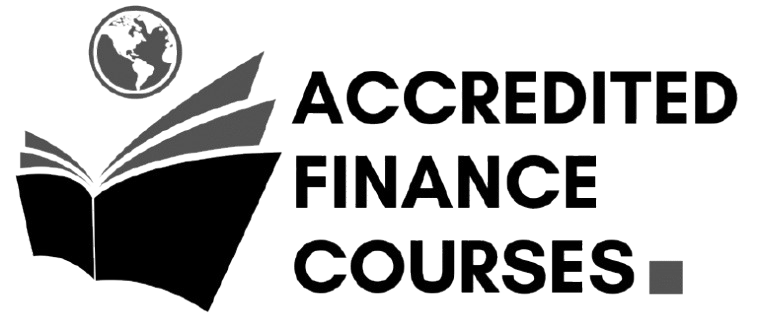This comprehensive programme provides a solid foundation in the key pillars of macroeconomic analysis, global trade dynamics, and economic policy, equipping participants with the knowledge and analytical tools necessary to navigate the complexities of the modern economic environment. The course begins with an exploration of macroeconomic fundamentals, examining core concepts such as GDP, inflation, unemployment, and economic cycles, alongside their significance in shaping global markets.
Participants then delve into the intricacies of global trade and financial systems, gaining a deep understanding of trade theories, international trade agreements, and the role of central banks and monetary policy in regulating economic activity. Special emphasis is placed on the impact of fiscal policies, taxation, and government spending on long-term economic growth and trade competitiveness.
The curriculum further expands into the analysis of economic indicators and forecasting, where learners explore tools and techniques used to interpret key economic data and anticipate future market trends. The programme also provides insights into exchange rate fluctuations, labor market trends, and the growing influence of financial technology on macroeconomic stability.
Additionally, participants engage in critical discussions on economic crises, sustainability, and the future of global trade, evaluating past financial downturns, policy responses, and the evolving role of environmental economics in shaping trade practices. From technological advancements to shifting geopolitical landscapes, this programme equips learners with the ability to assess economic transformations and develop informed strategies for policy-making and business decisions.
Designed for professionals in finance, policy-making, and international trade, as well as those seeking to enhance their understanding of macroeconomic principles, this course provides a holistic and practical approach to economic analysis. By the end of the programme, participants will possess the analytical skills and strategic insights necessary to navigate the ever-evolving macroeconomic landscape with confidence.


